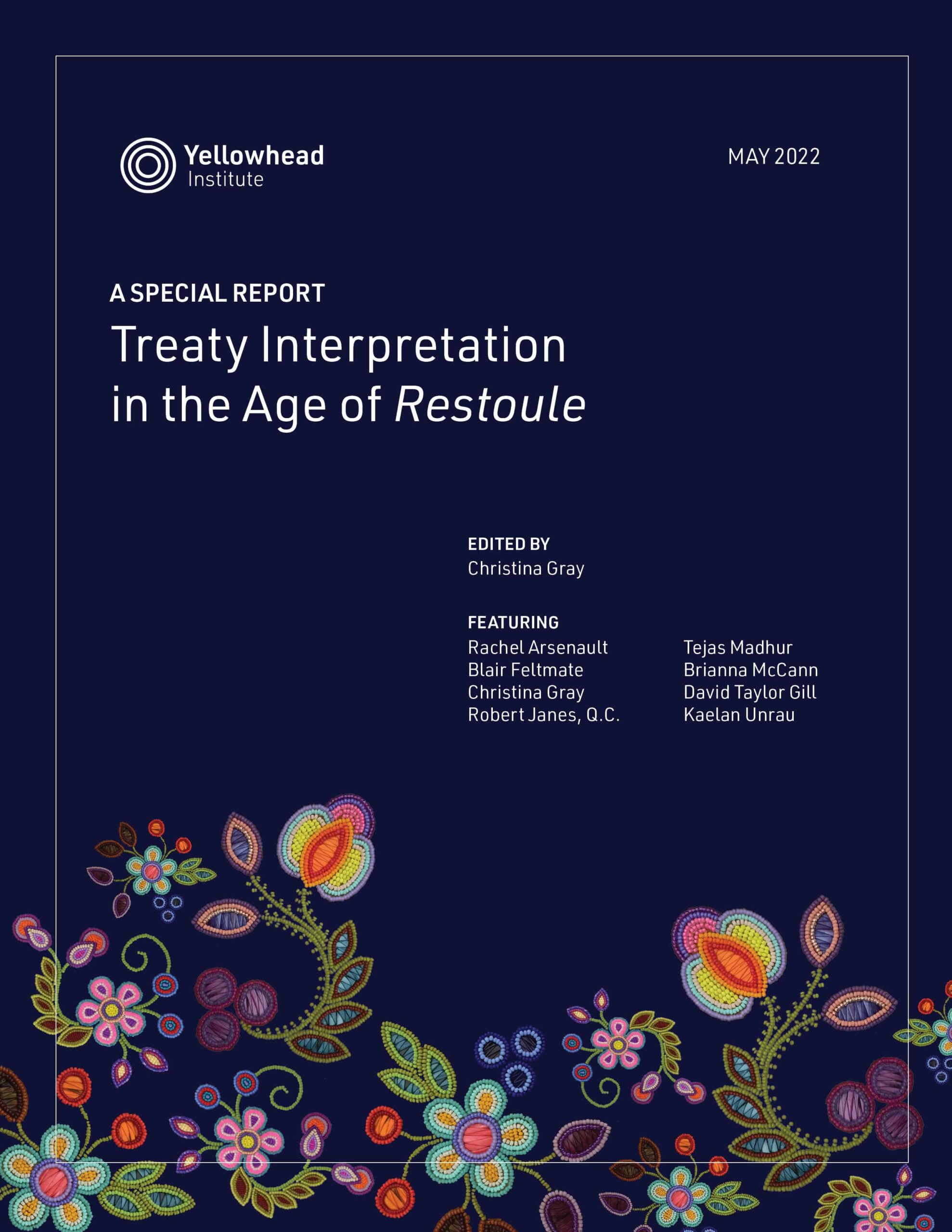- About
- Research
-
-
- Special Reports & Features
- Braiding Accountability: A Ten-Year Review of the TRC’s Healthcare Calls to Action
- Buried Burdens: The True Costs of Liquified Natural Gas (LNG) Ownership
- Pretendians and Publications: The Problem and Solutions to Redface Research
- Pinasunniq: Reflections on a Northern Indigenous Economy
- From Risk to Resilience: Indigenous Alternatives to Climate Risk Assessment in Canada
- Twenty-Five Years of Gladue: Indigenous ‘Over-Incarceration’ & the Failure of the Criminal Justice System on the Grand River
- Calls to Action Accountability: A 2023 Status Update on Reconciliation
- View all reports.
- Special Reports & Features
-
-
- Yellowhead School
-
- The Treaty Map
- LIBRARY
- Submissions
- Donate
After over a century of attempts to compel the Crown to honour the 1850 Robinson-Huron and Robinson-Superior Treaties, Anishinaabe Plaintiffs in the Restoule Case have made advancements in Ontario courts in the re-consideration and re-interpretation of these foundational historic treaties.
At issue in the most recent years of the litigation has been the “augmentation” clause relating to treaty annuities; more specifically, the Crown’s failure to increase the annuity payments.
The Special Report begins with a discussion between Rachel Arsenault and Ogimaa Duke Peltier on the context of that failure, the rationale for litigation, and attempts to bring Indigenous protocols into the court. In “Interpreting Historic Treaties: Restoule at the Ontario Court of Appeal,” Tejas Madhur, Blair Feltmate, and Brianna McCann offer an overview of the legal history that was outlined in the trial decision and on appeal. They provide a more precise look at how the Ontario Court of Appeal applied a textual analysis of the historical promises of the Robinson Treaties.
In “Trial by Ishkode: Treaty Remedies in Restoule,” David Gill and Kaelan Unrau offer an analysis of the relationship between Anishinaabe and Canadian law that comes to a confluence of sorts in the Restoule case. Lastly, this Special Report ends with a Conclusion by Robert Janes, Q.C. who illustrates that with Restoule, there is a change; it marks a departure from the colonial vision of treaties towards a re-interpretation that could result in a genuine engagement with Indigenous perspectives on historic treaties in the courts.
KEY QUESTIONS
- Does the Restoule Case change how historic treaties are interpreted in Canada?
- What does the Restoule Case represent for other treaties with annuity clauses?
- How might Anishanaabe legal concepts, such as ishkode, inform the way in which the treaty relationship is approached in the Canadian courts?
What legal remedies does Canadian law recognize for the breach of a treaty...in the case of treaties made between the Anishinaabeg and the Crown, how might Anishinaabe legal concepts, such as ishkode, inform the way in which the treaty relationship is approached in the Canadian courts?
- David taylor gill & kaelan unrau
artist
Jean Marshall
Ahnishinaabe, Kitchenuhmaykoosib Inninuwug First Nation

